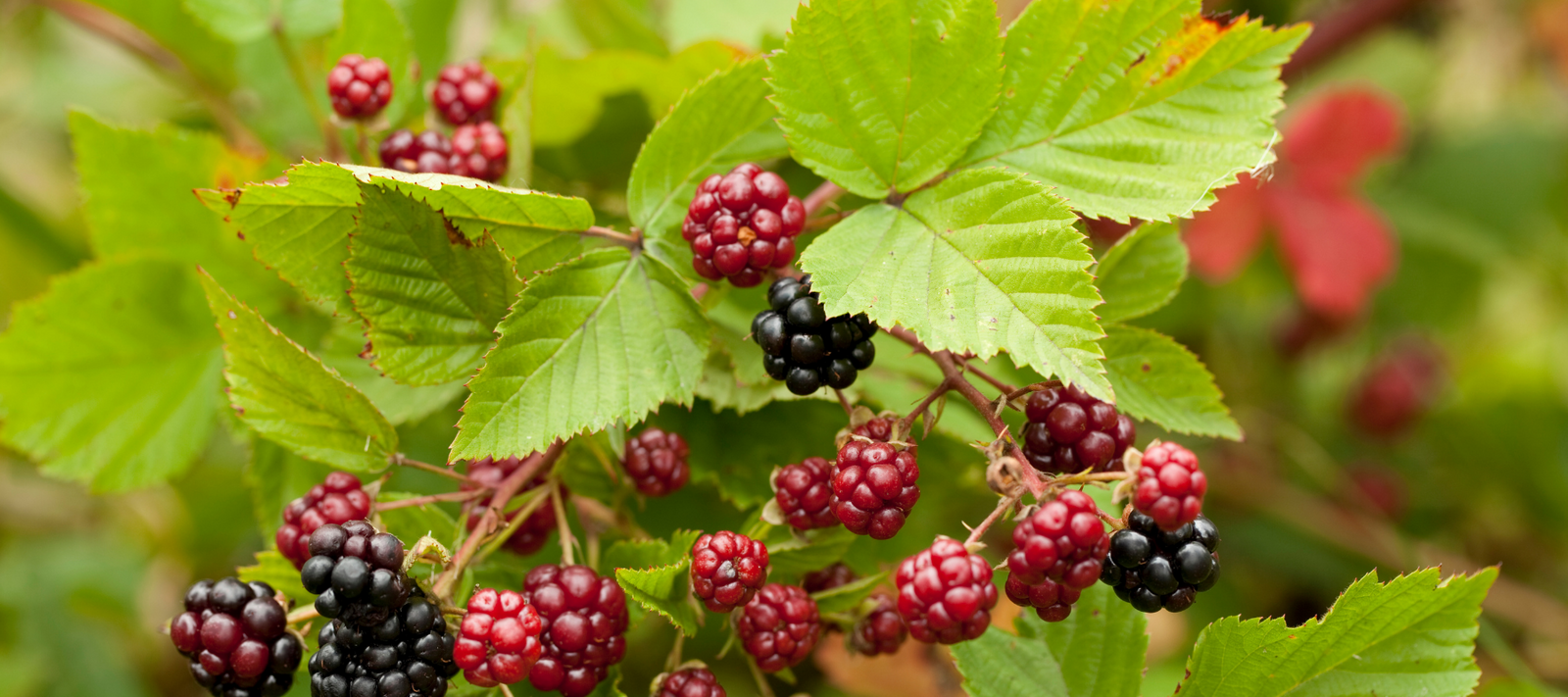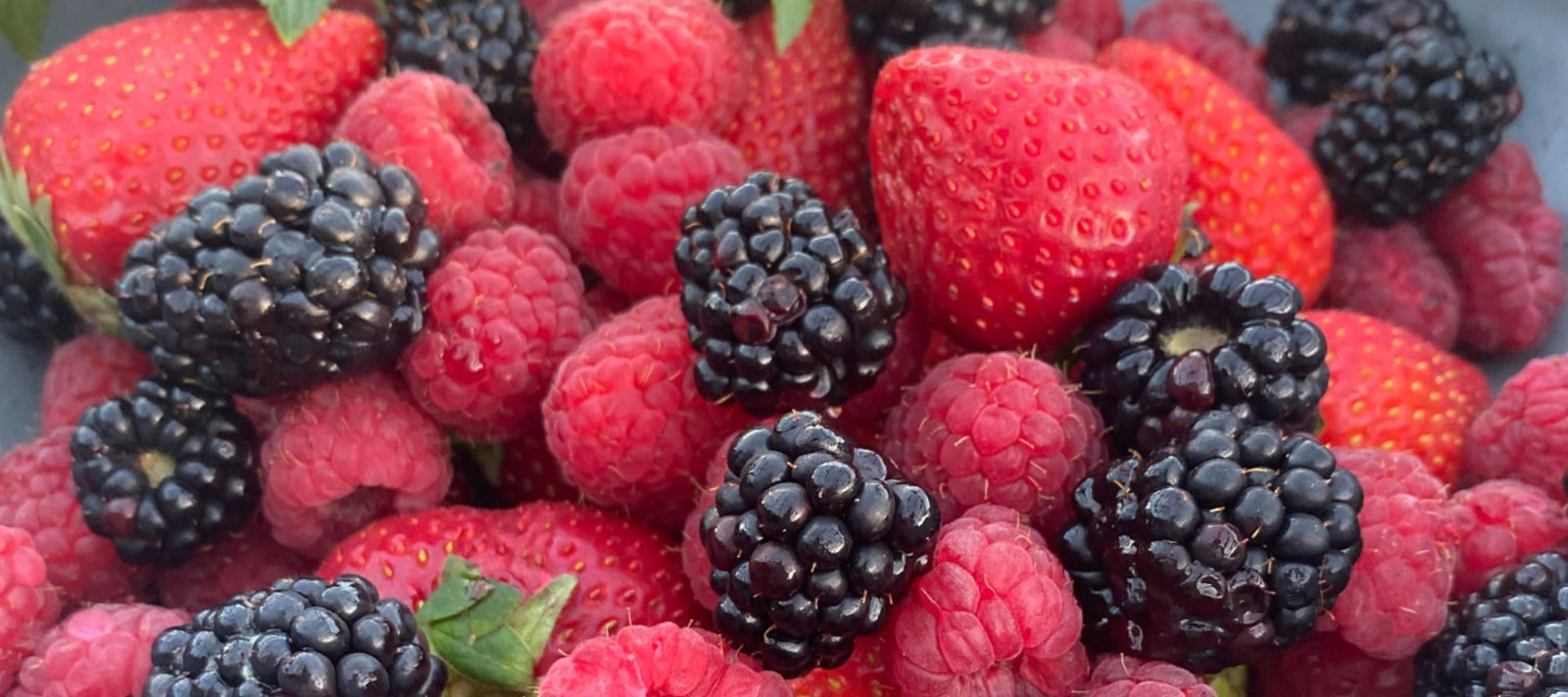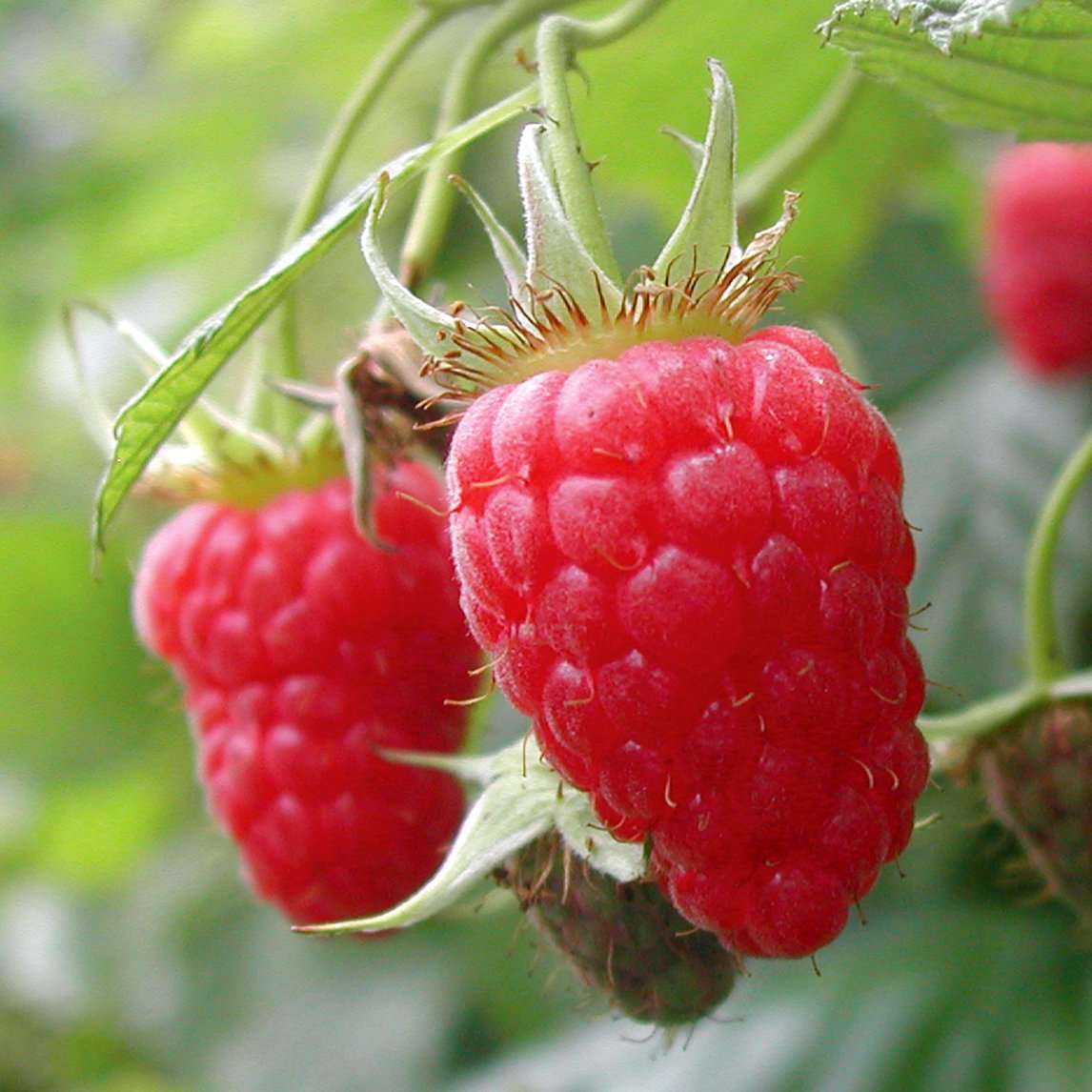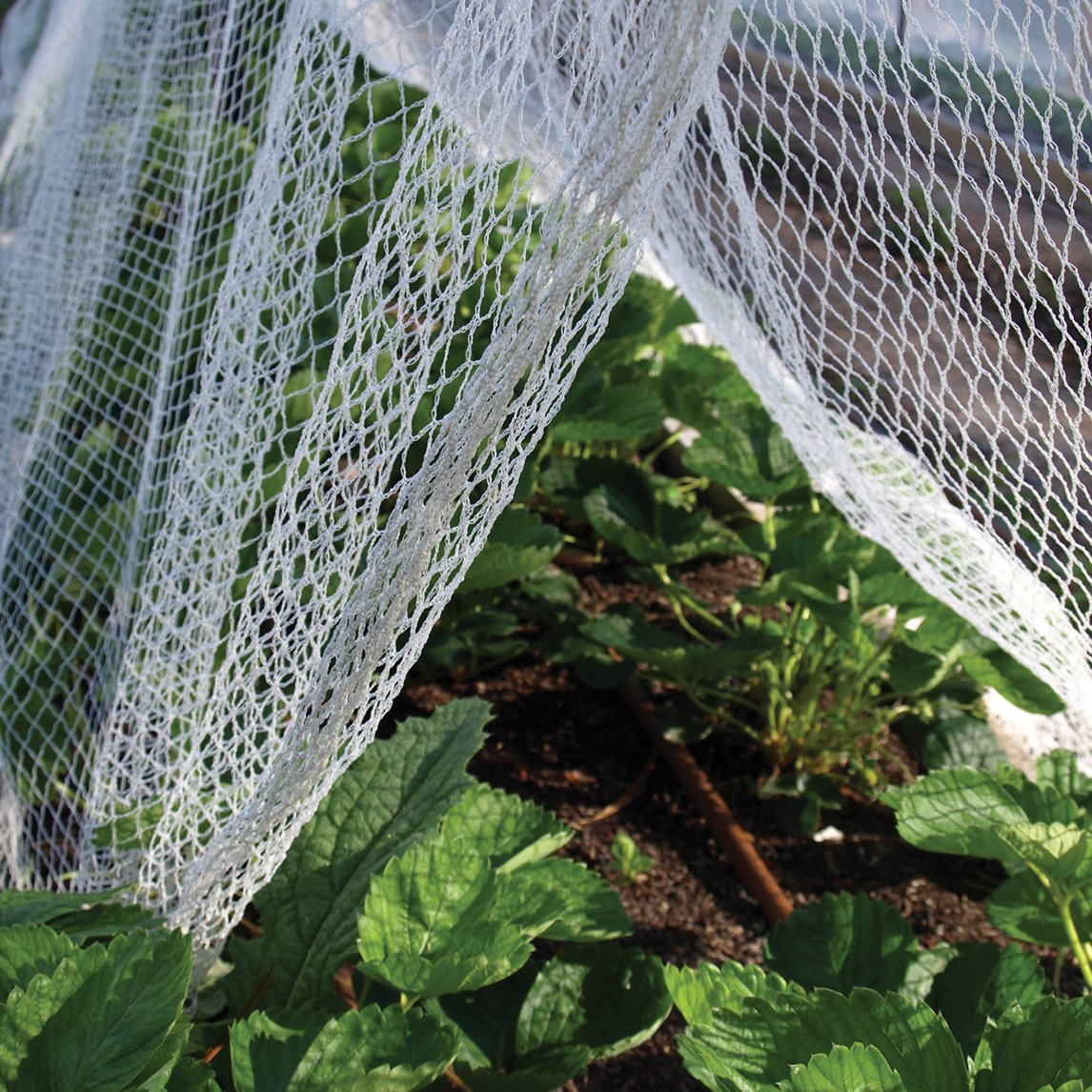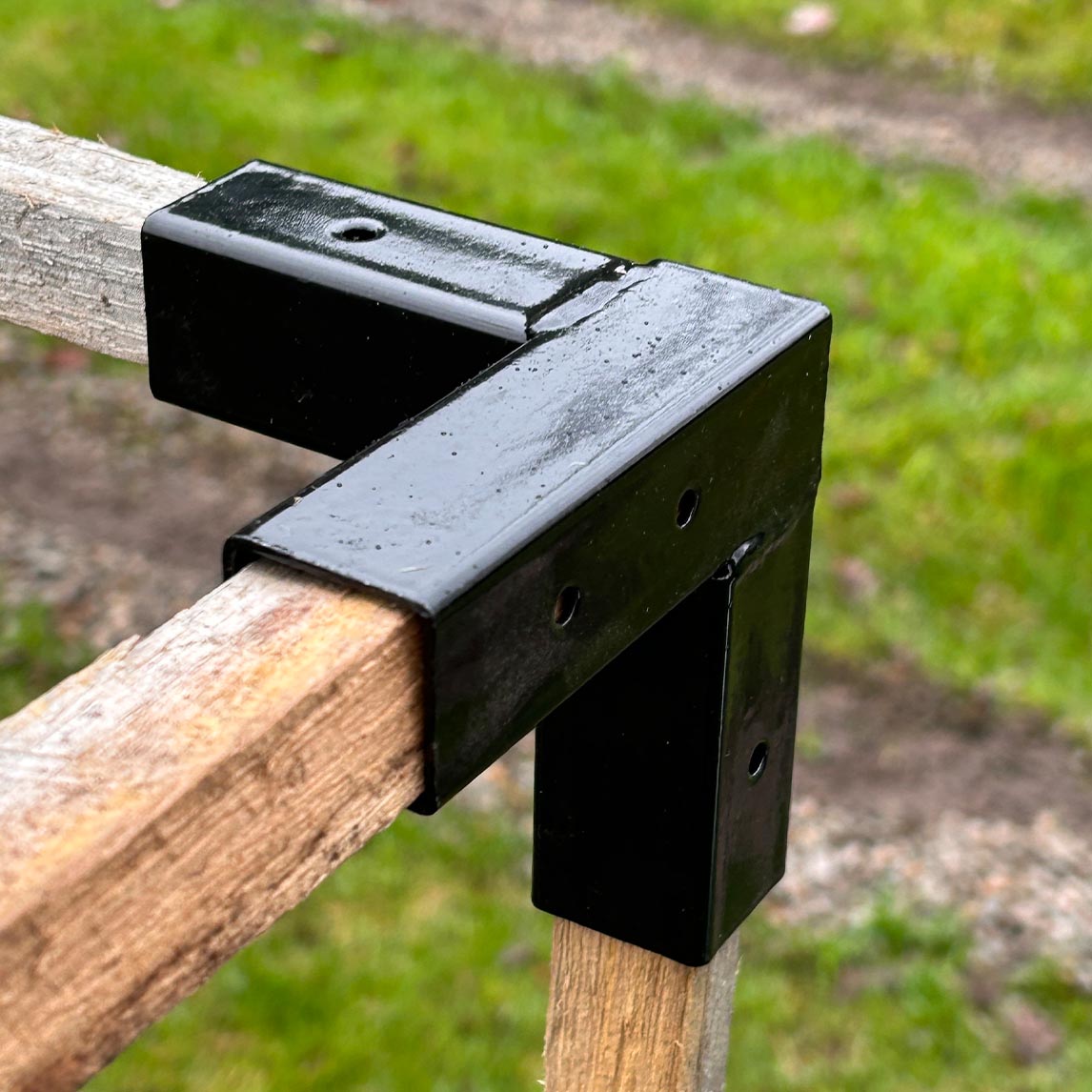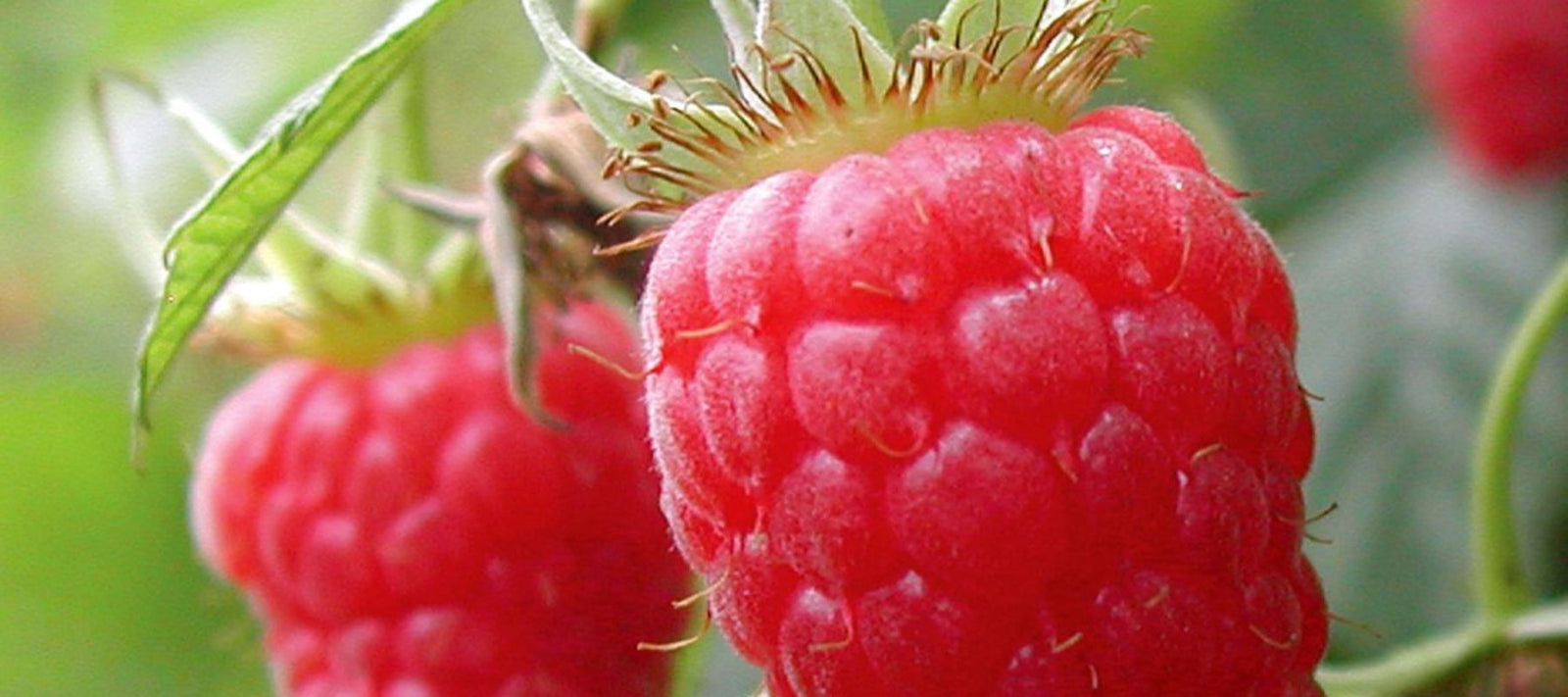
How to grow Raspberries
Raspberries are easy to grow berries which can provide an abundance of fruit in summer and autumn. Unusual berries in that the edible fruit actually peels away from the plant like a hollow shell of deliciousness, they are undeniably best eaten fresh from the garden for optimal flavour and nutrition.
Caring for Primocane Raspberries
There are many different types of raspberries which will help you to decide which raspberries to grow including colour, flavour and ripening times. But another key difference is their fruiting canes. Raspberries can be divided into two key groups: Primocanes and Floricanes.
Primocane raspberries are the easiest to train as they fruit on a single seasons growth. These varieties are also referred to as autumn fruiting raspberries because it takes them until late summer or autumn to bear a crop from their winter dormancy. These canes are easy to grow as they can be pruned to the ground in winter after fruiting, ready for next year’s growth and fruiting cycle.
Primocane raspberries include:
- ‘Autumn Bliss’
- ‘Heritage’
- ‘Bogong’
These cultivars are better suited to warmer coastal areas as they require less chilling to produce new canes.
They are the easiest to manage as you simply remove all spent canes in the winter and start the cycle again.
Caring for Floricane Raspberries
Floricane raspberries bear flowers and fruit on short new canes that arise from mature canes left to over-winter from the previous year (2 year old canes).
It is only after fruiting that canes should be removed at the base. These raspberries therefore always have a certain amount of canes visible from year to year.
With the head-start afforded by the over-wintered canes, these cultivars produce flowers and fruit early in the season, sometimes in spring, but usually in the first half of summer. These are the cultivars you want to plant if you want make a summer berry pudding for Christmas.
Floricane cultivars, also known as summer-fruiting raspberries include cultivars such as:
- ‘Neika’
- ‘Chilliwack’
- ‘Chilcotin’
- ‘Tayberry’
- ‘Purple Raspberry’
- ’Golden Raspberry’
There are also some raspberries which fruit in autumn and summer. These are called dual cropping cultivars as they produce two (smaller) crops in a single season by fruiting on both primocanes and floricanes. With these, it is best to pick one of the two training regimes and stick to it.
Dual cropping cultivars include:
- ‘Lloyd George’
- ‘Willamette’
- ‘Sandford’
Ideally, you would include raspberries for all seasons to keep your basket brimming with delicious berries for much of the year.
How to plant raspberries
Raspberries should be planted in full sun in single rows at 30cm spacings with two sets of parallel wires above to allow them to be easily trained and tied to these wires for easy harvest. The wires should be set at 90cm and 1.8m high.
Improve the soil prior to planting with aged compost and manure. Long-lived plants, it is best to top-dress the soil annually with compost to maintain soil fertility. You can also apply a little blood and bone or dynamic lifter in spring to encourage optimal spring growth.
It is important to net your crop,especially after flowering, to prevent birds stealing your delicious harvest. A permanent structure allows for easy netting, but otherwise, a temporary frame can be established using hardwood stakes and build-a-brackets. Always ensure netting is tight to prevent accidental damage to wildlife.



